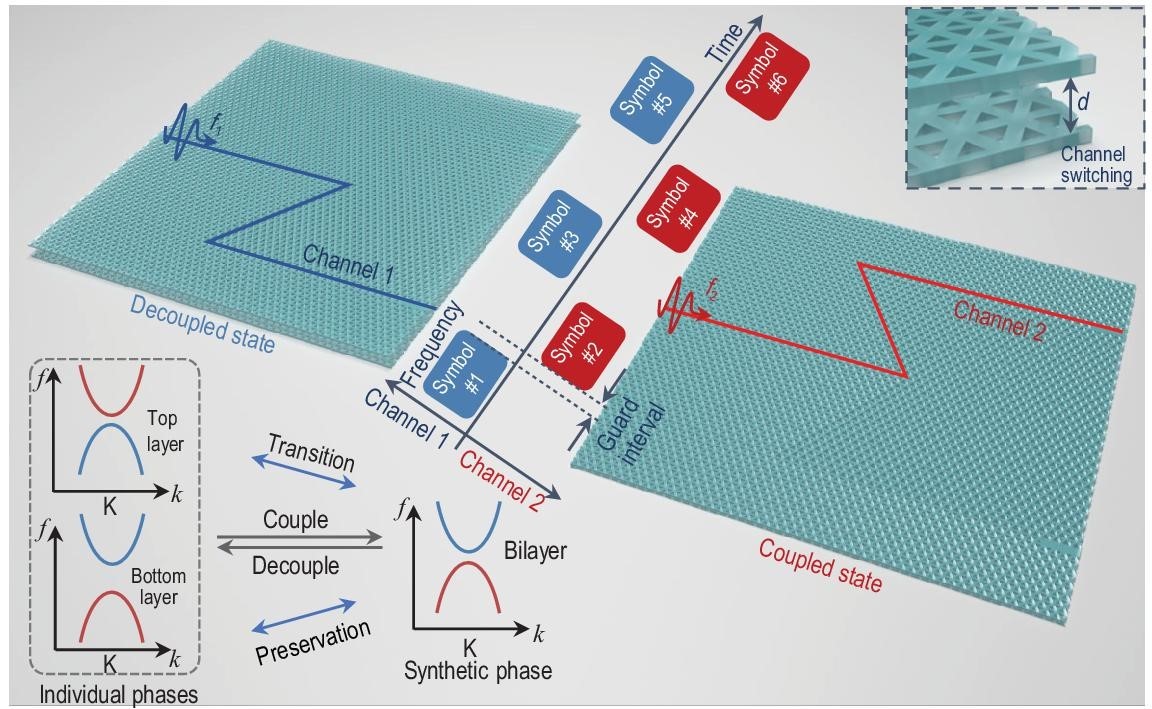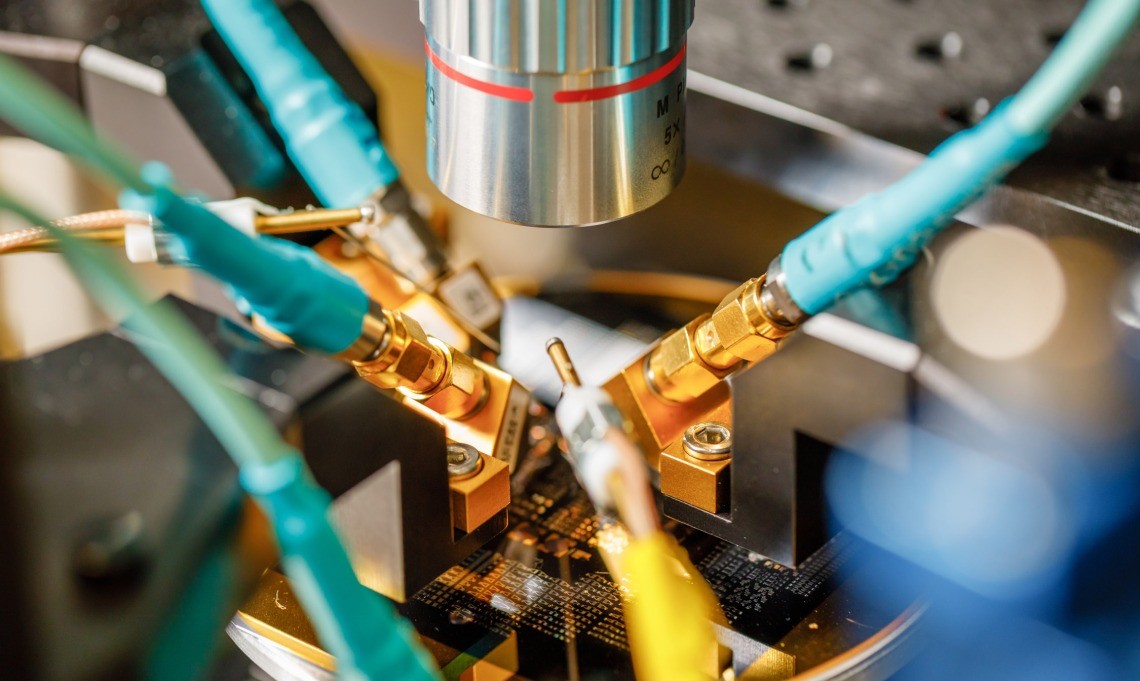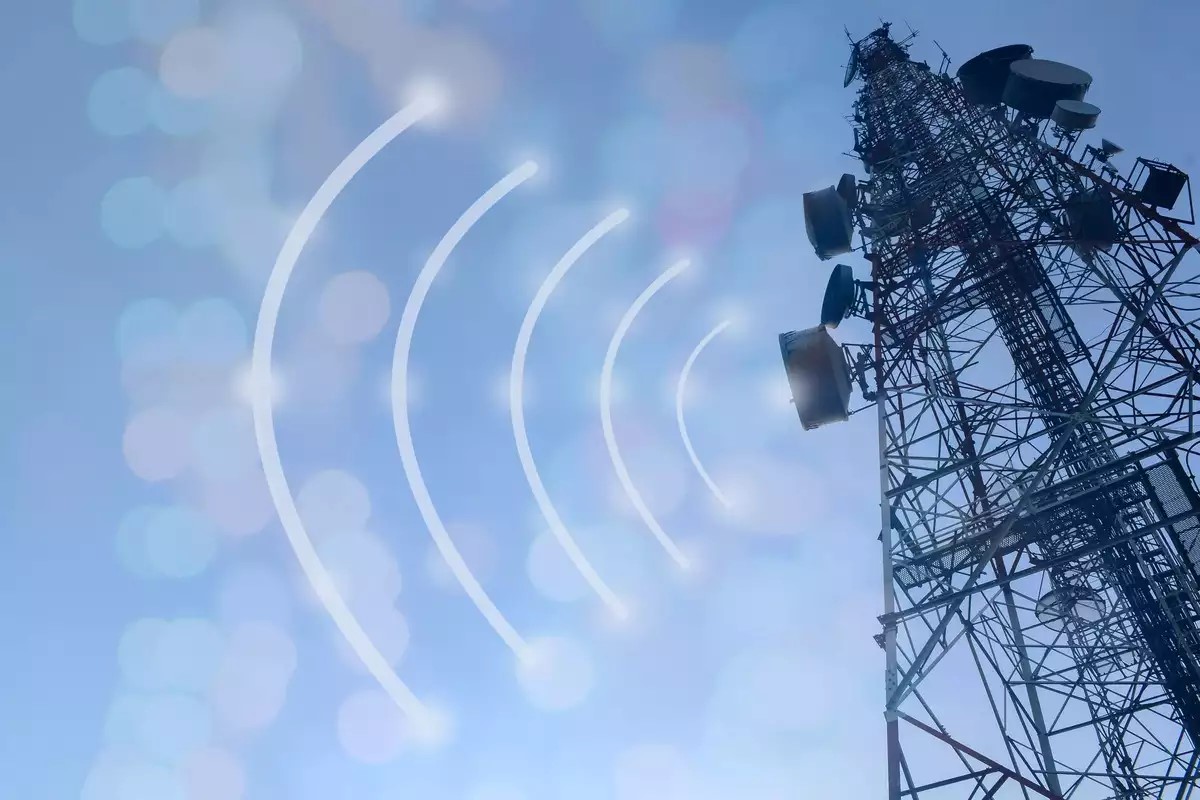Leveraging Silicon Defects for Quantum Internet: New Platform Developed by Harvard Researchers
Building a quantum internet could become much simpler by leveraging existing telecommunications technologies and infrastructure. Recent research has shown that defects in silicon, a widely used semiconductor material, might facilitate sending and storing quantum information over common telecommunications wavelengths. These defects could potentially be the best candidates for hosting qubits for quantum communications.

Figure 1. The Device. (Credit: Second Bay Studios/Harvard SEAS)
Figure 1 shows the device uses a simple electric diode to manipulate qubits inside a commercial silicon wafer.
"It’s still a Wild West out there,” said Evelyn Hu, the Tarr-Coyne Professor of Applied Physics and Electrical Engineering at Harvard’s SEAS. “Even though these new candidate defects are promising as a quantum memory platform, there’s often little understanding of the recipes used to create them, how to rapidly characterize them, and their interactions, even in ensembles. Ultimately, we need to fine-tune their behavior so they exhibit consistent characteristics. If we want to turn this wide array of possibilities into a viable technology, we must develop ways to characterize them better, faster, and more efficiently.”
Hu and her research team have developed a platform to probe, interact with, and control these potentially powerful quantum systems. This device employs a simple electric diode, a common semiconductor chip component, to manipulate qubits within a commercial silicon wafer. Using this device, the researchers explored how the defect responds to electric field changes, tuned its wavelength within the telecommunications band, and even turned it on and off.
“One of the most exciting aspects of having these defects in silicon is that familiar devices like diodes in this material can help us understand a new quantum system and innovate with it,” said Aaron Day, a SEAS Ph.D. candidate. Day co-led the work with research fellow Madison Sutula.
Although the team used this method to study silicon defects, it could also serve as a diagnostic and control tool for defects in other material systems. The research is published in Nature Communications.
Quantum defects, also known as color centers or quantum emitters, are imperfections in otherwise perfect crystal lattices that can trap single electrons. When these electrons are hit with a laser, they emit photons at specific wavelengths. Researchers are particularly interested in silicon defects, known as G-centers and T-centers, for quantum communications. When these defects trap electrons, they emit photons in the O-band wavelength, widely used in telecommunications.
The research team focused on G-center defects, first determining how to create them. Unlike other defects, which involve removing an atom from a crystal lattice, G-center defects are formed by adding atoms, specifically carbon, to the lattice. The team discovered that adding hydrogen atoms is also crucial for consistently forming the defect.
Next, the researchers fabricated electrical diodes using a novel approach that optimally places the defect at the center of each device without degrading the performance of either the defect or the diode. This fabrication method can produce hundreds of devices with embedded defects across a commercial wafer. By applying a voltage or electric field to the device, the team found that a negative voltage caused the defects to turn off and go dark.
“Understanding when environmental changes lead to signal loss is vital for engineering stable systems in networking applications,” said Day.
The researchers also discovered that using a local electric field could tune the wavelengths emitted by the defect, which is crucial for aligning disparate quantum systems in quantum networking.
The team developed a diagnostic tool to image how millions of defects in the device change in space when an electric field is applied. “We found that modifying the electric environment for the defects has a spatial profile, which we can image by observing changes in the intensity of light emitted by the defects,” said Day. “By analyzing the performance of numerous emitters, we now understand how defects respond to environmental changes. This information can guide the creation of optimal environments for these defects in future devices. We have a better understanding of what conditions are favorable or unfavorable for these defects.”
Next, the team plans to use the same techniques to study T-center defects in silicon.
Source: Harvard SEAS
Cite this article:
Hana M (2024), Leveraging Silicon Defects for Quantum Internet: New Platform Developed by Harvard Researchers, AnaTechMaz, pp. 126















